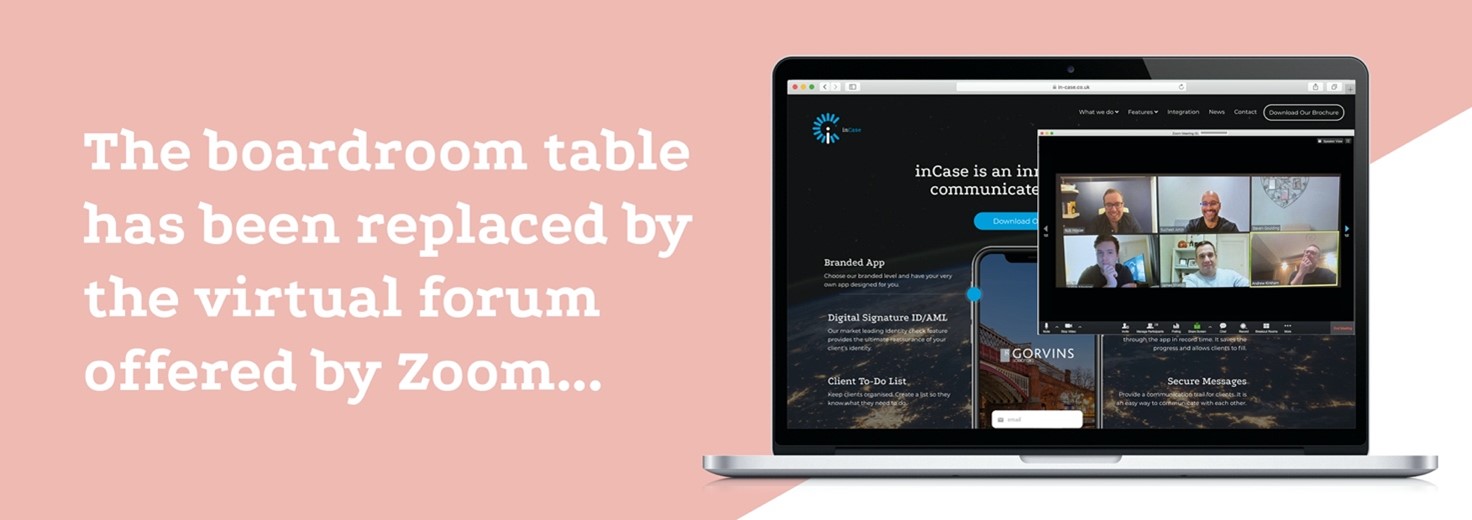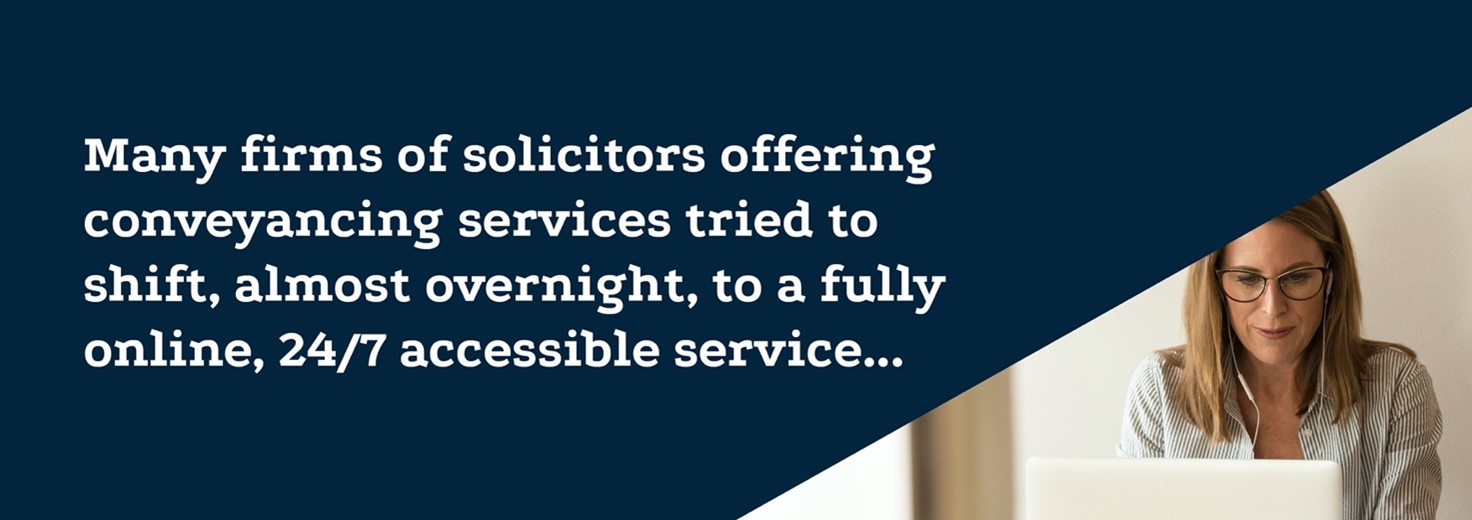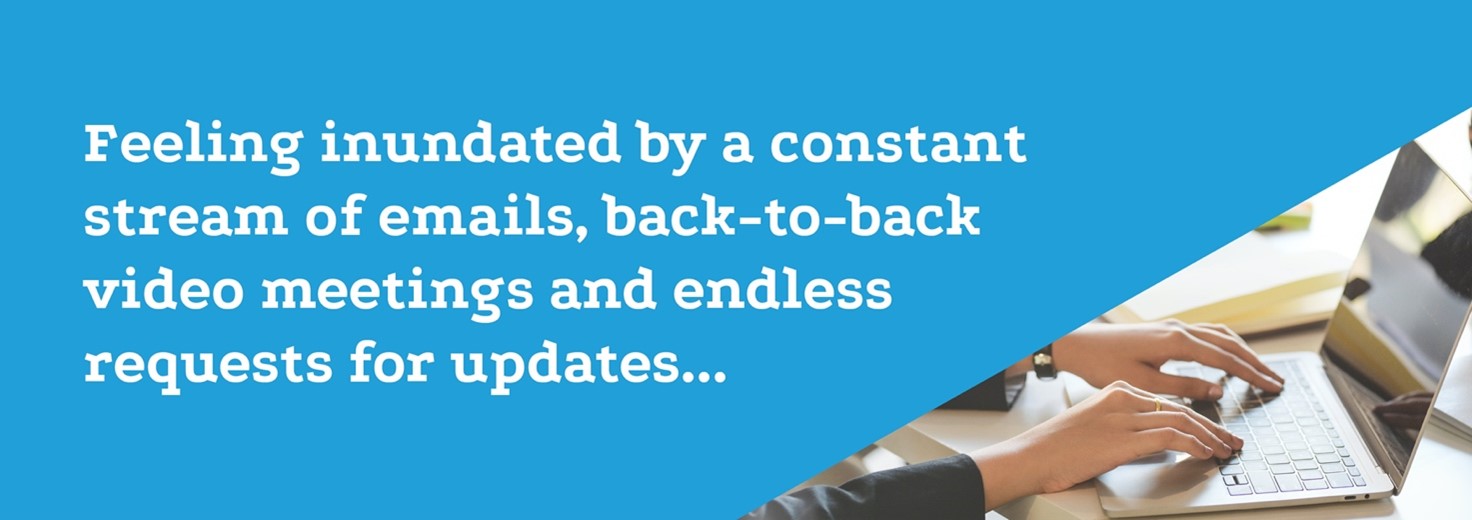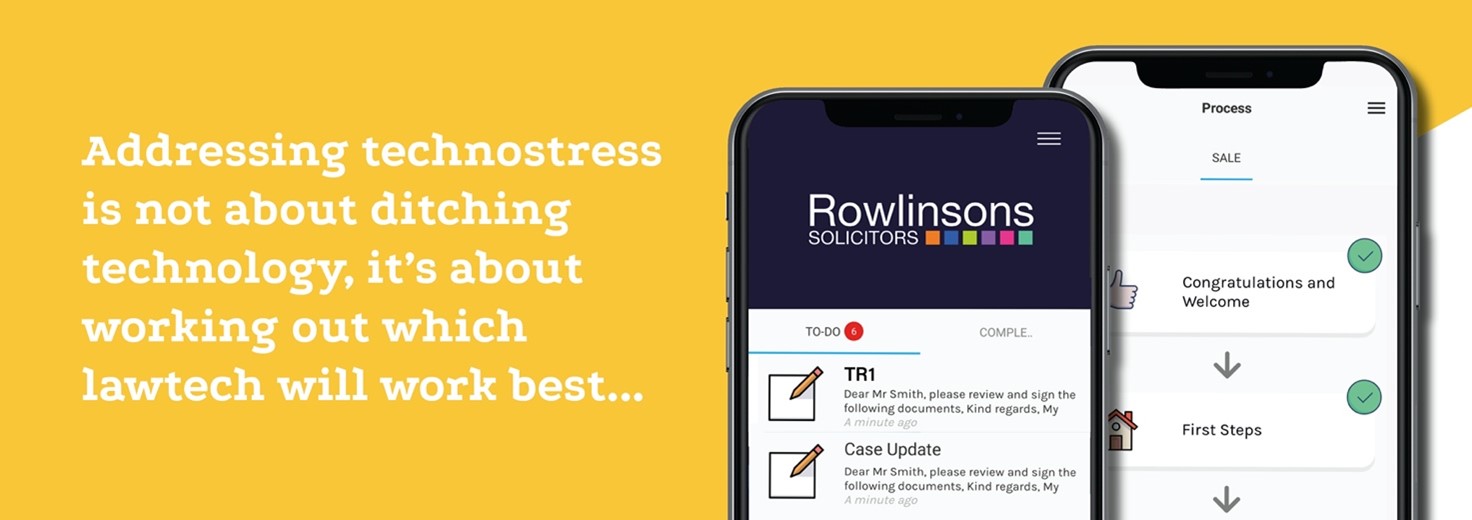The SDLT holiday and lockdowns: a perfect storm for technostress
The SDLT holiday and lockdowns: Over the course of 2020, those working in residential conveyancing have had a rollercoaster ride of epic proportions.
With the effective closing down of the residential property market in the first lockdown, followed by the unprecedented high levels of demand created by the lifting of restrictions, and indeed by the Stamp Duty Land Tax (SDLT) holiday. The deadline for the SDLT holiday is currently set at March 2021. In conveyancing terms, the deadline is now looming!
As teams work in high pressure and extremely challenging circumstances to move clients before the holiday ends in March next year, conveyancers have never been busier. Most of them are working long hours with high levels of stress, knowing that the hopes and dreams of their clients rest on their shoulders. For residential conveyancers and solicitors, and indeed their support staff, the usually high-pressure role they fulfil of helping people to make the biggest purchase of their lives, often within complex and time sensitive circumstances, in a highly emotionally charged transaction, has reached new heights. It is no surprise that many working in residential conveyancing may feel like an emotional rollercoaster that’s left the tracks.
Our adaptations over the past eight months, have seen the creation of home offices in almost every home, sometimes in wardrobes, often at the cost of the ‘spare room’, stressful commutes often replaced by stress from increasingly blurred lines of work and home life, together with more flexibility but also worries about job security and income. But there can be no doubt that everyone has become more dependent than ever upon technology and this is the single most significant feature of 2020. The boardroom table has been replaced by the virtual forum offered by Zoom, Teams and a plethora of other video conferencing software and the way we communicate with each other day-to-day has completely changed. When you combine this with the pace generated by the SDLT holiday, the lack of clarity about what happens next with the residential property market and the added logistics of moving with almost no notice between office and home working, it’s no wonder residential conveyancers are feeling the pressure.
What’s this got to do with technostress?
We all know what it’s like to feel stressed – being under pressure is a normal part of life. Pressure is healthy for humans, we need it to thrive. But becoming overwhelmed by stress can lead to mental health problems or make existing problems worse.
Recently, awareness days such as mental health awareness week and National Stress Awareness Day are a timely reminder to take a moment to think about our wellbeing, identify the triggers for stress and learn how we can deal with it.
This is particularly important right now because of the dramatic increase in the adoption of new technologies as the legal sector had to rapidly adapt to working from home and engaging with clients remotely. Microsoft quoted 2 years of digital transformation in 2 months due to the pandemic. That’s a brilliant illustration of what can be achieved but in real terms, that pace of change in such a short space of time can be incredibly stressful for the end user.
Many firms of solicitors offering conveyancing services tried to shift, almost overnight, to a fully online, 24/7 accessible service to remain accessible through this turbulent time and allow clients to feel connected. Due to the social distancing guidelines, almost every sector had to roll out digital solutions to compensate and regroup, and these changes had to be filtered down to home buyers. During this state of flux, there was no opportunity to gently ease into the changes, it was a sink or swim moment, and the need to cope with the wave of new technology, in many cases whilst in a state of virtual isolation and finding ourselves constantly connected has created high levels of stress for many.
The plethora of new communication tools, management and reporting systems, the quick pace of change (with almost instant adoption needed in many cases), insufficient training, lack of direct IT support for employees, lack of standardisation and total reliance upon technology is overwhelming some employees, causing stress, being labelled ‘technostress’.
So how can you identify if any of your conveyancing team are suffering from technostress and what can you do to help address it?
How to identify how my team are getting on with the digital shift
Technostress isn’t about specific tools or apps. To truly understand how your team is getting on with all the new technology and processes implemented in your firm, why not develop a forum, give employees buddies so they can help and support each other, undertake surveys or at least carry out 1-2-1s to gather honest feedback that you can act upon.
You can then categorise that feedback in a number of ways, to allow you to identify the causes of that stress and prioritise support for staff most at risk.
Here are a few suggested groupings to consider, when finding out how team members are feeling:
- Supported – Some people can embrace these changes and feel invigorated by the new ways of working. They may see the opportunity to access the whole team as and when needed as a distinct advantage.
- Worried – Fear may be an over-riding feeling at this point, that you are struggling to cope with the changes, but feel that you have no choice. That worry contributes to the daily pressures of the job and creates ongoing anxiety issues.
- Invaded – It may not be that you feel overwhelmed by the mechanics of the programs themselves, it may be more mentally exhausting finding yourself surrounded by devices and notifications. Feeling inundated by a constant stream of emails, back-to-back video meetings, and endless requests for updates from all parties in a conveyancing transaction, can create a tension that makes you angry and resentful.
- Confused – Perhaps more than anything you feel dazed and confused with how it all works. You have to get to grips with each new digital ‘solution’ and then make them all work together. Doing all this without oversight can make you doubt yourself.
You can also look out for tell-tale signs in how people are acting, or symptoms being mentioned:
- Behavioural changes
- Mood swings
- Eating more or less than usual
- Disrupted sleep
- Using alcohol or medication to cope
- Bodily changes
- Headaches, nausea, indigestion
- Heart palpitations
- Various aches or pains
- Memory and recall problems
How to address technostress and restore the balance
To regain equilibrium on an individual and company-wide level, technology use needs to be reviewed. There is no one-size-fits all solution, input will be needed across the board and the findings reviewed regularly.
Here are a few key steps to consider:
- Identify the problem – working out what is bothering staff most is a good starting point. As per above, talk as opening as possible with all stakeholders. Is downtime being caused by a new platform? Is it the multiple apps being used to communicate? Is it that staff never switch off? Find personal key triggers, because they will be different for everyone.
- Focus on staff wellness – have more open conversations around remote working with the aim of normalising tailored support for staff that work from home.
- Training – create clear processes and deliver training for staff and clients that find any aspect of remote working and the use of lawtech challenging.
- Ongoing support – once the problems have been identified for each stakeholder, the goal has to be reassurance, guidance and support. If work/life ratios are unbalanced, then time-limits need may need to be in place – there will undoubtedly be an app for that!
- One size does not fit all – let everyone stick to what they are good at. In a law practice, no one should feel guilty for finding digital upgrades hard. Your team are there for the professional skills they hold and shouldn’t let this aspect of the job erode their confidence. Utilise your people in the best way to create balance within the team. Work out what is best for your business and your people.
- Be selective with lawtech – while being proactive with the integration of the latest new technology, being selective about which programs will be most suitable and the order in which you introduce them is key. Review which digital solutions are working, and which are not. Asking teams, and indeed clients, for feedback can help guide future decision making.
If you consider the inCase mobile app, from Lavatech, for example, this is a prime solution for taking away some of the communication pressures around liaising with clients – streamlining processes to simplify everyone’s lives involved in the complex conveyancing process. For example, inCase reduces calls & email volumes by up to 70% for firms currently utilising the app – with milestone updates to all parties throughout the life of each transaction. Additionally, with integrated TR1 document signing, conveyancing clients can effortlessly complete the digital signing of deeds within the app, no matter where they are during this pandemic.
Addressing technostress is not about ditching technology, it’s about working out which lawtech will work best for the people using it and implementing and supporting them in its roll out and use. In an ideal world, you want to get to a point where you are working with the least amount of digital interference that still enables you to deliver a smooth and stress-free process for staff, clients and all stakeholders throughout the conveyancing process.
References and further reading:
https://www.mentalhealth.org.uk/a-to-z/s/stress
https://www.todaysconveyancer.co.uk/main-news/pandemic-impacts-on-conveyancers-mental-health/
Kindly shared by inCase























